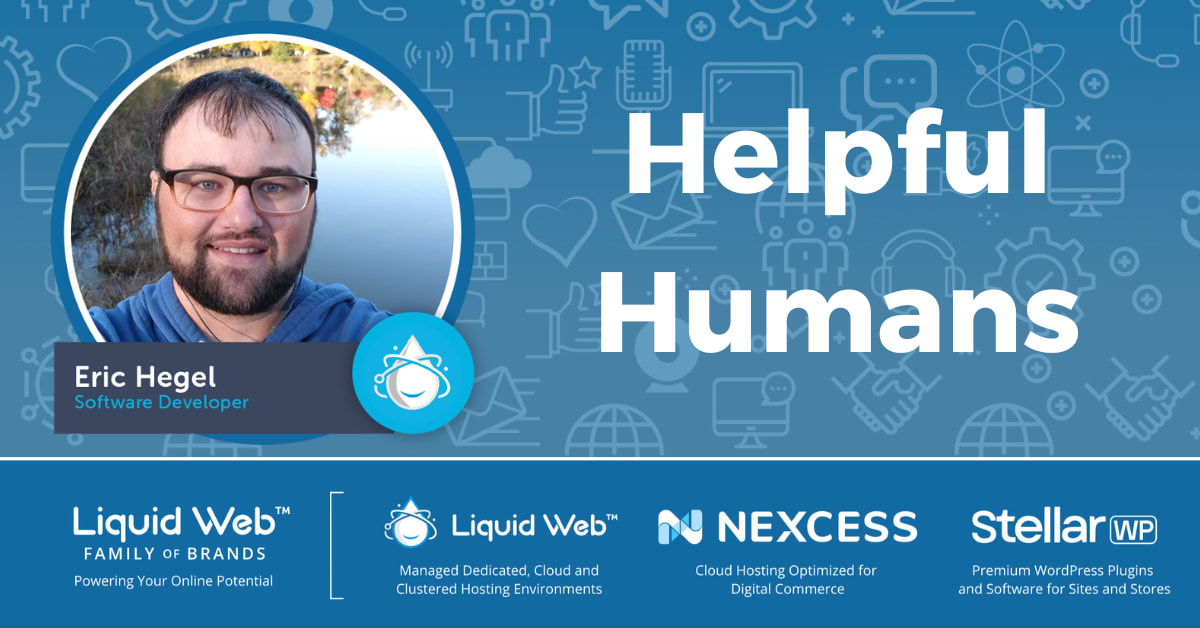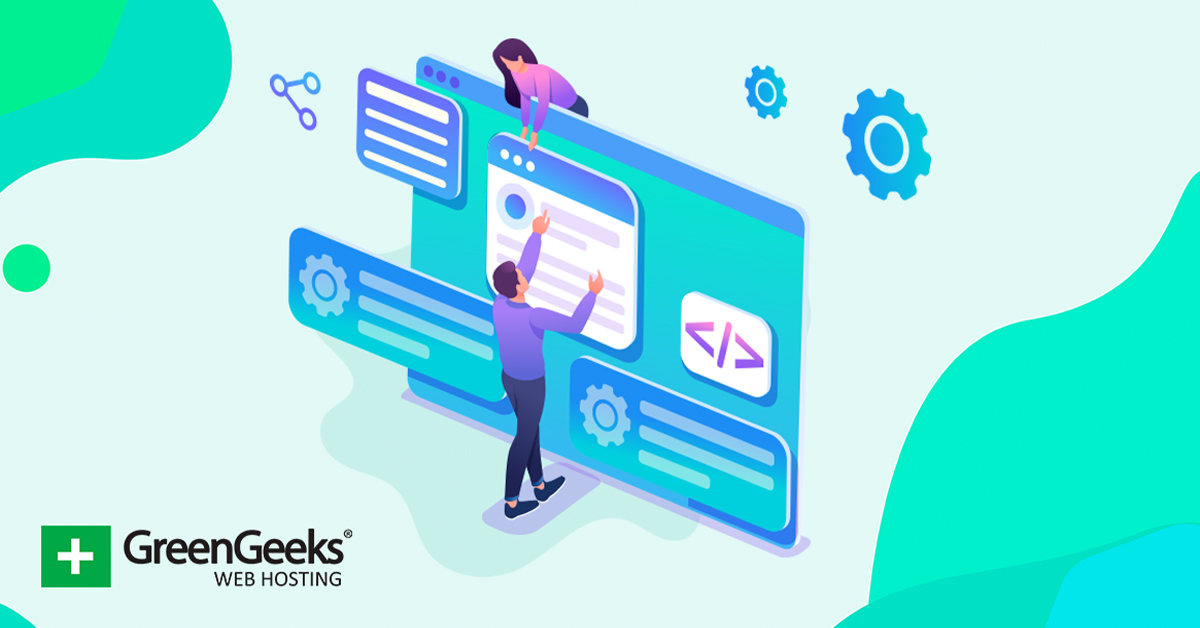
There are several ways to scale your SaaS product, and the best option for you will depend on the industry/niche you target, your goals, and other factors. Regardless of which manner of scaling you choose, they all have one thing in common – scaling is a complex process that requires a great deal of research and engagement, especially if you want to make the most of it and generate as much growth for your product as possible. If you’re thinking of scaling up your SaaS product, here are the most essential points you should consider. (Some of these points can be applied to scaling other cloud solutions like PaaS [Platform as a Service] and IaaS [Infrastructure as a Service] as well.)
What is SaaS Scaling?
SaaS scaling is a process of growing your product, both in the features it offers and their quality and in the reach to your customers and their satisfaction. Well-orchestrated scaling involves thoughtfully planned strategies for growth in different areas of your business, such as marketing, customer support and success, lead generation, and so on. Scaling occurs organically as your product and business grow, but there are also deliberate actions you can take to increase the quality of your product and your customer acquisition and retention. Running campaigns with targeted audiences is one example.
What Does SaaS Product Scaling Involve?
Scaling a SaaS product involves several different processes, from product design and development, marketing the product, and user acquisition to building (and maintaining) a strong team that delivers solutions for all of these. Here is a closer look at these processes.
Design
A good product design implies a great deal of research involved before any design is even carried out. To design your product in line with your customers’ needs, you need to know what those needs are and what problems your customers regularly face. An excellent first step in the design process is market research. The second step is research and analysis of the product you want to scale and understanding how you can implement what you learned from your previous study. Once you know exactly who your target audience is and what problems your SaaS product will solve for them, you can proceed to the next steps: prototyping and, eventually, deployment.
Development
Once you have the design in place, you need to deliver and maintain a good product for your customers. User experience has a huge say in whether or not your SaaS product will be a success. And while the design of the user interface (UI) and user experience (UX) itself comes from the design team, your software developers are the ones who will execute that design.
In addition to having a good team of developers who will build high-quality software, the software itself must improve with each iteration. Each new version should improve existing features, introduce new features, and provide solutions for any problems that may have arisen since the previous version was released.
Marketing and sales
The product’s design and execution will significantly impact its success on the open market, so having a good product to start with is a top priority. Once your product is designed and developed, you should start thinking about specific marketing strategies that will increase and retain your user base. For example, targeted advertising over social media has proven to effectively drive potential customers to your product or website.
One of the most important metrics you should focus your efforts on, especially in the early stages, is conversion. Conversion is the point at which a potential customer visiting your website performs a desired action, such as buying a subscription to your service or signing up for your newsletter.
Other important metrics to track are customer retention and churn rate. How long do your customers actually use your product, and are they returning? Once you acquire users for your SaaS product, retaining them as you scale up and reach additional customers is essential. Depending on your industry and your specific goals and targets, your marketing and sales models will be different, which serves to highlight the importance of good research and design and understanding your customers’ needs.
These are just a few of the tips and hacks Liquid Web has to offer for growing your business.
Customer onboarding and support
Before you acquire users, it’s a good idea to implement an onboarding system. This system might differ according to your product and its complexity, but you need to be sure your customers know how to use your product correctly to utilize all its features and benefit from it as much as possible.
One of the last but most crucial steps in your scaling process is customer support. Once you have your SaaS product live, support for that product should be available if any of your valuable customers have questions on how to use it.
Teaching your customers how to use your product and providing stellar customer service provides a high-quality customer experience and the foundation for long-term partnerships and relationships.
Another great tool you can use to connect with current customers and reach out to prospects is a Customer Relationship Manager (CRM) service.

Ways to Scale Your SaaS Business
There are several ways your SaaS product can scale up: organically, by investment, or by geographic expansion.
Organic scaling
Organic scaling happens without any additional marketing or similar efforts you might take to attract new users to your product. There are no investments from the outside, and your growth rate occurs naturally.
Scaling by investment
Scaling by investment relies on outside influence and deliberate steps you take to scale up your product, either by investing your own money in marketing your product or by raising funds from outside investors.
Scaling by geographic expansion
Another way to scale your product is by acquiring new users in different geographic locations. Doing so can present a challenge, however. If your service is located in the US, for example, your US-based customers will experience little to no latency or connectivity issues with your product. On the other hand, your customers in Europe or Asia might experience lags and connectivity issues due to the distance. This can ruin their experience and potentially have them turn to a competitor who is closer and can provide a more stable connection.
An easy way to mitigate that problem is by turning to a Content Distribution Network (CDN) provider. A CDN will allow you to offer your product from different geographical locations around the world with significantly fewer latency issues.
How Much Do Design and Software Change Cost?
The price of design and software development, as well as all the marketing and sales efforts, will vary depending on your location. Rates in North America will be higher than those in India, but they are usually justified by the quality of service you get. While the rates in Western Europe are similar to those in North America, rates in Eastern Europe usually go much lower. And Eastern Europe provides, with a vast market of good and proven experts, an optimal choice regarding the price/quality ratio.
Frequent Mistakes in Scaling the SaaS Product
Unnecessary SaaS Project
An unnecessary SaaS project has no immediate need for a specific SaaS project. Designers may either seek to solve a problem that does not yet exist or the demand for the solution is not great.
Inexperienced Team
Web designers and businesses miss the mark by not having the right talent for the project they set out to execute. Ensuring the appropriate personnel is on your team means the SaaS product you are trying to scale gets done correctly.
Substandard Market Research
Along with the project being unnecessary, substandard market research means there was insufficient research into the markets. This research would serve to determine whether the designed product is necessary for the marketplace or not.
Highly Competitive Market
When performing market research, businesses and developers can determine the competition in the market. However, mistakes happen when trying to scale your SaaS product in an overly competitive market.
Inferior Product Design
Another frequent mistake in scaling a SaaS product is an inferior design. However, this mistake may not be due to an inexperienced team since a well-experienced team can still produce a poor product design.
Inadequate Sales and Marketing Strategy
Businesses and developers make the mistake of having inadequate sales and marketing strategies when scaling their SaaS products. The right team and product mean nothing if the plan to sell and market it is not on target.
Misunderstanding User Needs
A part of market research that business owners and developers can’t overlook is understanding the needs of their current or would-be users. Scaling your SaaS product without understanding users’ needs and wants will waste time and resources.
How To Scale a SaaS: Summary
Successfully scaling your SaaS product involves extensive research and preparation, from understanding your target market and its needs to designing and implementing a solution to meet those needs to getting that solution into the right hands and keeping it there. This challenge can be daunting, and by now, you should have an idea of whether or not you feel ready to take that next step.
Still have questions? The team of experts at Liquid Web is available 24/7/365 and is happy to provide answers. Contact us today!
How do you scale a SaaS boot?
+
How do you scale SaaS products?
+
How do you know when your SaaS is ready to scale?
+
[ad_2]
Source link






